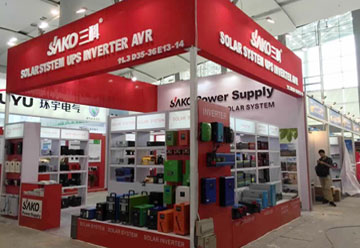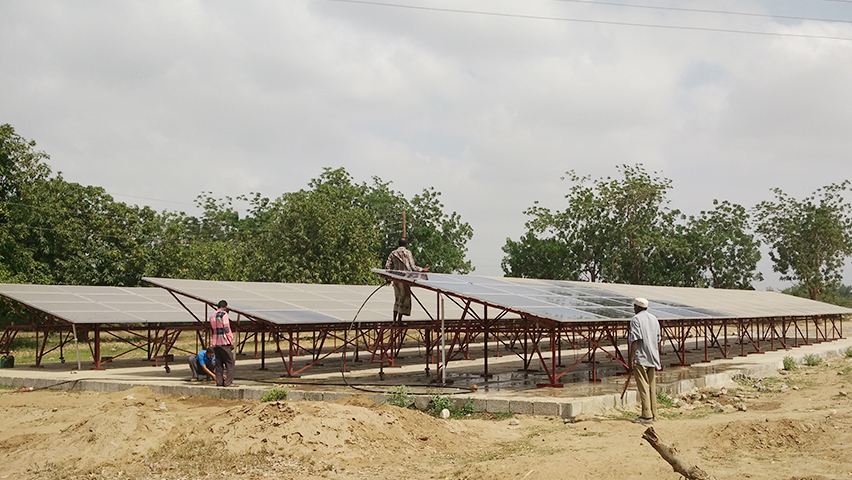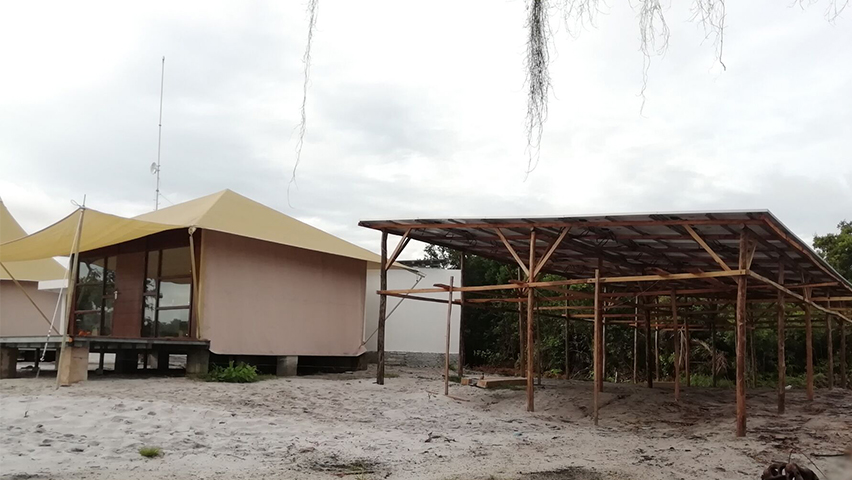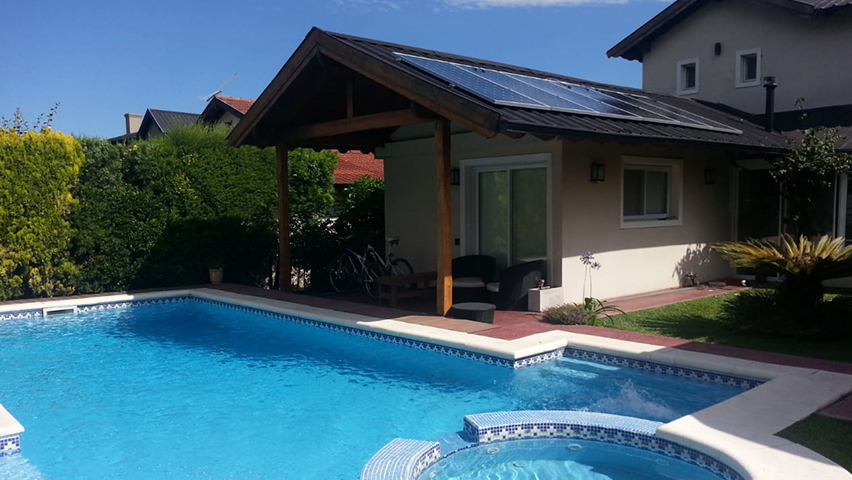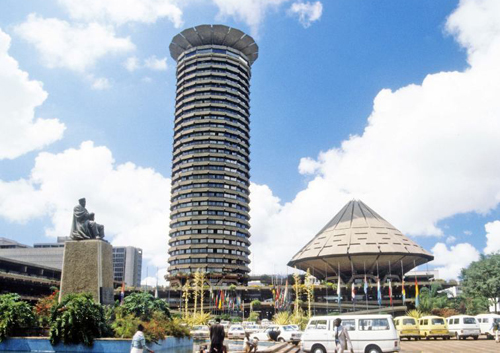An accurate definition of a hybrid solar system, you may find references to solar and non-solar power-producing technologies in this article. These two words can make you think of various energy sources, ranging from the sun to geothermal heat and everything in between!

Sako Hybrid Solar System History
Since its founding in 1993, Sako has devoted its attention to the production of power supplies in China, offering complete solutions for components, inverters, controllers, batteries, etc. It has production facilities in Wenzhou, Hangzhou, Dongguan, Shenzhen, and other cities. It is a national high-tech company recognized in 2020 as China’s Excellent Manufacturer. They have a variety of solar system parts, including panels, inverters, and batteries.
The Sako Hybrid Solar System’s benefits
- Sako hybrid solar systems have less of an environmental effect than conventional solar panels because they don’t need land or water to function.
- Higher output rate: Because hybrid systems have a bigger surface area than regular solar panels, they may produce more energy over time.
- Maintenance-free: The hybrid system does not require any maintenance, unlike conventional solar panels, which need routine maintenance (such as checking for frayed cables).
- No Storage Needed: Because the hybrid system doesn’t need any storage space, it may be deployed anywhere without interfering with your regular activities.
What makes a Sako Hybrid Solar System preferable?
Off-grid and grid-connected power is used in hybrid solar systems. According to your demands, your system can use grid electricity or sunshine. Compared to off-grid alternatives, hybrid systems often offer more flexibility and security. For instance, if the grid goes down, you may still obtain power from your solar system. Occasionally, certain off-grid systems will draw electricity from the grid.

